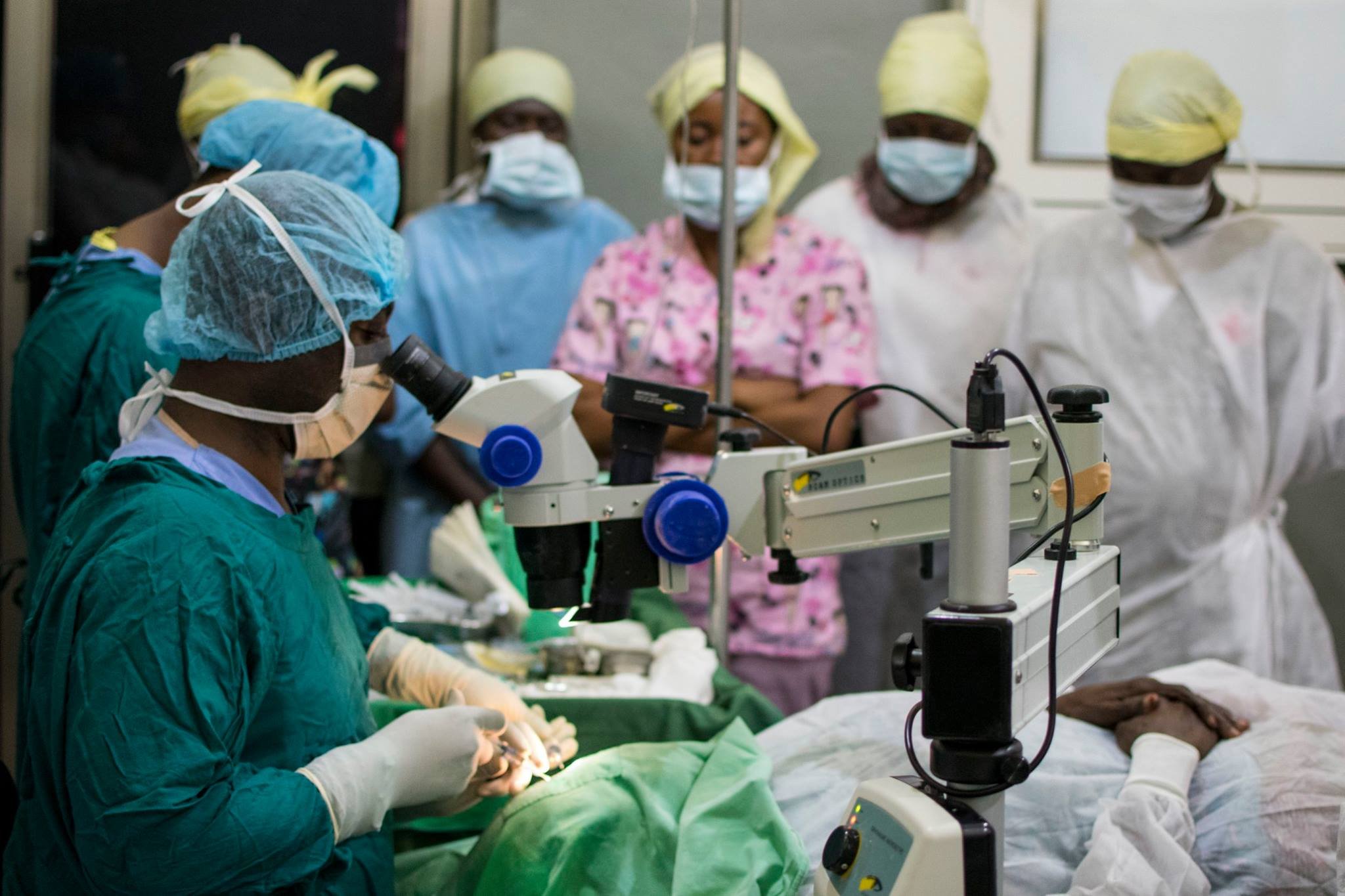
CERTIFICATE IN GLOBAL HEALTH RESEARCH
Course 15: The Importance of Submitting Data to the Local Community
It is increasingly common for students and professionals to go abroad to conduct research in developing countries, and those who go abroad tend to learn a lot from their experiences. Unfortunately, however, this relationship is frequently exploitative. While the researcher benefits personally and professionally, the researcher frequently does not share the important results with the local community. The purpose of the study should be to submit the data to the local community so that the results can be actively utilized for community benefit.
In addition to providing the community with important results, it is also essential that data be submitted since those who participate in research often face risks and give up precious time; therefore, they are entitled to the results. “No group should be deprived of its fair share of the benefits of research, short-term or long-term; such benefits include the direct benefits of participation as well as the benefits of the new knowledge that the research is designed to yield.”(1) Moreover, “results of patient-interview studies done to ascertain why patients agree to participate in clinical research, show that they are motivated mainly by three factors: anticipation of direct health-related benefits; perception of the invitation to enroll as a positive treatment recommendation by a trusted medical adviser; and understanding that the research could help future patients in a similar situation to them. In view of this third reason, public dissemination of knowledge gained is an essential and invaluable requirement. Participants, whose enrollment made the research possible, are therefore entitled to know the results of the research and the associated implications for their health.”(2) Thus, no matter how ethical or culturally competent a research study, “failure to report results of completed trials, whether positive or negative, negates the notion of social value.”(3)
Secondly, it is critical that communities receive research results, so they do not use valuable time and resources conducting similar studies, and so that they can use the results to their benefit. Failing to disseminate “research results can harm future patients in tangible ways. Failure to report results of clinical trials (especially negative results) has a deleterious effect on use of systematic reviews and meta-analyses of published work (publication bias) in guidance of medical practice.”(4) In addition, research should take into account “the need to improve the lives of the vulnerable and disadvantaged; and to ensure that research on them results in beneficial results being made available to individuals and their communities through influences on policy makers.”(5) Thus, failing to distribute results is a huge disservice to the local community.
Lastly, research dissemination is essential since it fosters a collaborative relationship. “Research in developing countries creates a greater risk of exploitation: individuals or communities in developing countries assume the risks of research, but most of the benefits may accrue to people in developed countries.”(6) Creating a collaborative partnership requires distribution of the tangible and intangible rewards of research. As explained in "What Makes Clinical Research in Developing Countries Ethical? The Benchmarks of Ethical Research," "very little can generate more resentment, mistrust, and a sense of exploitation than unfair distribution of the benefits of collaboration.”(7)
Cultural Competency
It is not enough for the results simply to be submitted to a community. Instead, results should be submitted to the community in culturally appropriate ways. For example, researchers who conducted a study on the Yup’ik, an indigenous group in Alaska, consulted with elders and natives to develop culturally relevant formats in which to share their research results. They found that the community preferred the data to be expressed using cultural symbols rather than bar graphs or pie charts. Therefore, they replaced their bar graphs with a “more meaningful diamond pattern design that is commonly found on traditional garments.”(8) This example illustrates how the ways we are used to representing data (bar graphs, pie charts etc..) may not be not understood by other cultures. The example also shows how seemingly insignificant changes can dramatically enhance understanding. It is critical for researchers to “develop mechanisms to enhance the social value of research. Through collaborative partnerships, strategies should be devised to disseminate results in appropriate languages and formats to key stakeholders, including the local community, health policy makers, health-care providers, and international health-care organizations. This may require not only presentations at scientific conferences and publications in journals but also novel forms of dissemination, such as presentations at community gatherings.”(9)
Conclusion
It is essential that researchers promptly submit their data to the local community and clinics where they participated. Not doing so is a huge disservice to the local community, and promotes an exploitative relationship.
Footnotes
(1) World Health Organization (WHO). Geneva, 2002.
(2) Mann, H. “Research ethics committees and public dissemination of clinical trial results.” The Lancet. 359 (2002).
(3) Ibid.
(4) Ibid.
(5) Benatar, S.R. “Reflections and Recommendations on Research Ethics in Developing Countries.” Social Science & Medicine 54(2002): 1131-1141.
(6) Emanuel, E. “What Makes Clinical Research in Developing Countries Ethical? The Benchmarks of Ethical Research.” Journal of Infectious Diseases. 189.5 (2004).
(7) Ibid.
(8) Boyer, B., Mohatt, G., Pasker, R., et. al. “Sharing Results from Complex Disease Genetics Studies: A Community Based Participatory Research Approach.” International Journal of Circumpolar Health. 66.1 (2007).
(9) Emanuel, E. “What Makes Clinical Research in Developing Countries Ethical? The Benchmarks of Ethical Research.” Journal of Infectious Diseases. 189.5 (2004).
